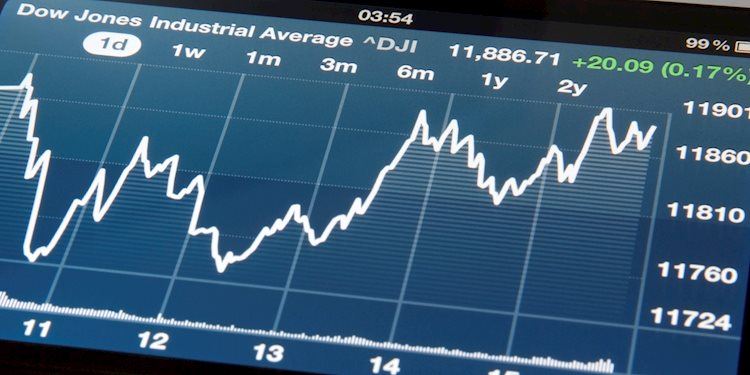The Dow Jones Industrial Average experienced volatility on Friday, hovering around 39,300.00 following the release of the US Nonfarm Payrolls (NFP) report, which reignited hopes for a rate cut from the Federal Reserve (Fed). While other US equity indexes surged on the news, the Dow Jones remained stagnant due to technical consolidation.
The US NFP report surpassed market expectations by adding 206,000 new jobs in June. However, the previous month’s figures were revised downward, and other indicators such as US Average Hourly Earnings growth and the Unemployment Rate showed mixed results. Investors are now speculating that the Fed might consider rate cuts sooner rather than later, with rate markets pricing in nearly 80% odds of a rate trim in September.
Despite the lackluster performance of the Dow Jones, some constituent equities showed positive movements. Two-thirds of the DJIA stocks saw gains, with Walmart Inc. and Intel Corp. leading the pack. However, Chevron Corp. and Dow Inc. struggled, resulting in minimal overall gains for the index.
From a technical perspective, the Dow Jones is facing resistance at around 39,750.00, struggling to surpass the all-time peaks set in May above 40,000.00. The index has been battling to stay above 33,300.00 after a week of chart churn, indicating a cautious market sentiment.
The Dow Jones Industrial Average (DJIA), composed of the 30 most traded stocks in the US, is one of the oldest stock market indices globally. It is price-weighted and calculated by summing the prices of constituent stocks. While the DJIA has faced criticism for not being broadly representative, it remains a key indicator of the US stock market performance.
Various factors drive the movement of the DJIA, including company earnings reports, macroeconomic data, and Federal Reserve interest rate decisions. Inflation and other metrics also play a role in influencing investor sentiment and market performance. Additionally, Dow Theory, developed by Charles Dow, is used to identify trends in the stock market by analyzing the movement of the DJIA and Dow Jones Transportation Average.
Traders have multiple options to trade the DJIA, including ETFs, futures contracts, options, and mutual funds. These instruments provide investors with different ways to gain exposure to the overall index or specific components. Despite challenges and criticisms, the Dow Jones Industrial Average remains a significant barometer of the US stock market and economic conditions.











